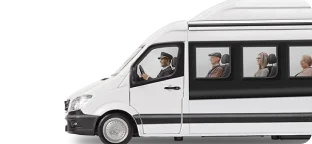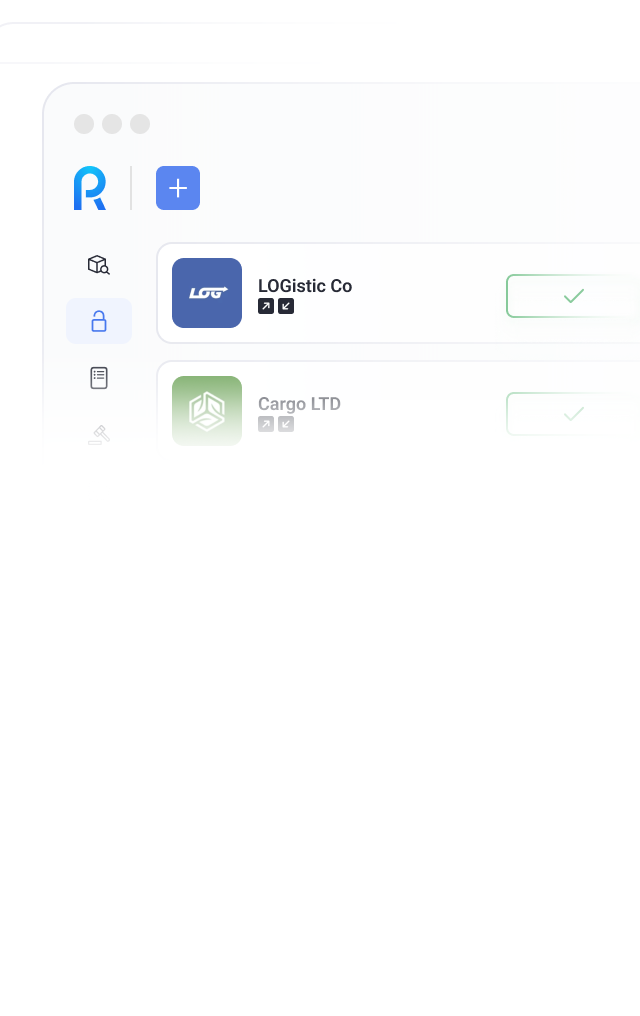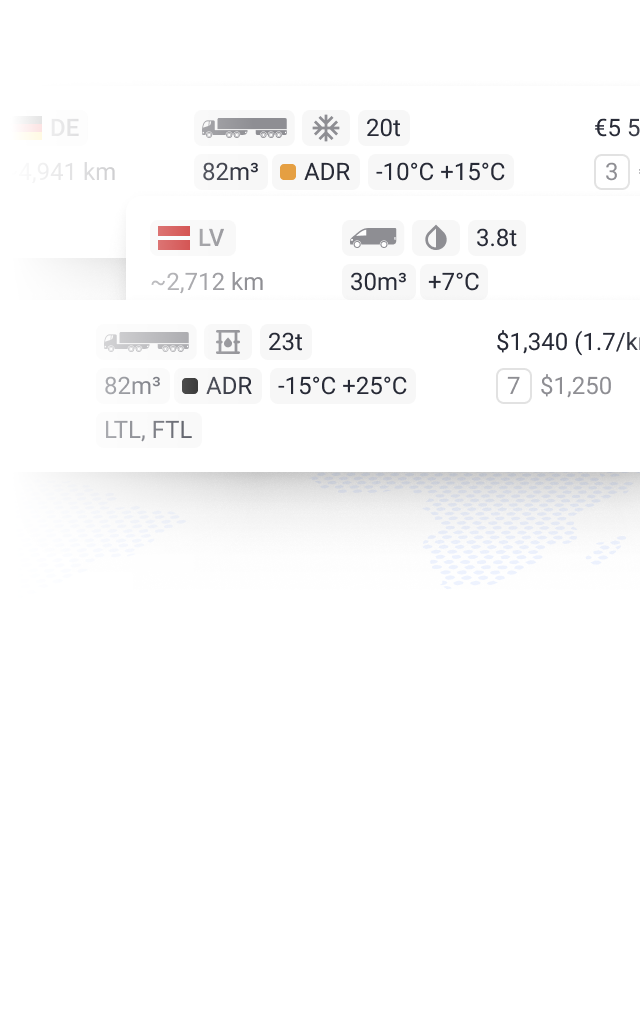
Passenger Transportation



















Passenger transportation involves moving people from one location to another using various modes of transport, such as buses, trains, airplanes, subways, and other vehicles. Passenger transport can take place within cities, between cities, and at the international level.
The carrier is responsible for:
- adhering to delivery schedules
- ensuring comfortable travel conditions
- following the agreed-upon route
- safeguarding luggage
- demonstrating driver professionalism
- complying with legal regulations
There are seven common approaches to classifying passenger transportation:
1. By environment:
- surface (ground)
- underground
- air
- water
- urban electric transport
Surface transport is further divided into road and rail. Road transport is highly in demand due to its accessibility and ability to be organized individually. Rail transport companies operate exclusively on a scheduled basis. Air transport surpasses other modes in speed, allowing for safe long-distance travel in a short time. Water transport is slower but offers greater comfort and is often used for recreational or tourist purposes. Typically, a transportation company specializes in only one of the above methods.
2. By nature of operation:
- commercial carriers operating regular passenger services;
- private individuals providing transportation;
- in-house transport organized for official purposes;
- car-sharing, where vehicles are rented for personal use.
Commercial carriers are preferable because they hold licenses, have established reputations, and comply with regulations. In contrast, when private individuals provide transport, there may be doubts about the driver’s qualifications or medical fitness.
3. By frequency:
- one-time,
- special-purpose (transfers, excursions),
- regular (services run on a fixed schedule and are available to large numbers of passengers).
4. Urban transport: operates within a single city or settlement. Examples include buses, trams, trolleybuses, and subways.
5. Suburban transport: connects cities with nearby towns or villages. Examples include suburban trains and shuttle taxis.
6. Intercity transport: includes long-distance buses and trains.
7. International transport: involves international flights, buses, and trains.
Organizing the transportation of people is a multi-stage, complex process that requires adherence to regulations, professional expertise, and technical capabilities. The goal is to create favorable conditions for the movement of individuals. The rights, obligations, guarantees, and responsibilities of all parties involved are clearly defined by legal acts, which are monitored by government bodies, with penalties in place for violations.
The organization process includes three main stages:
- planning,
- ensuring an adequate level of comfort, safety, and speed of movement,
- control.
During these stages, the optimal route is calculated, the appropriate mode of transport is selected, and schedules are created — for example, in the case of regular bus services. The presence of a control stage is a significant advantage, as it involves technical inspections of vehicles, ensuring sufficient fuel for the journey, and medical clearance for drivers.
Only well-thought-out logistical solutions and proper vehicle maintenance allow these stages to be successfully implemented with minimal resource expenditure.
It is crucial to ensure continuous movement of passengers when creating transport schedules. Accessible transportation networks contribute to economic development, mobility, and social activity among the population. For this reason, the issue is regulated at the international level.
Fares for passenger transportation are determined based on four main criteria:
- route length and complexity
- urgency
- comfort
In addition to operational costs, companies providing passenger transport include vehicle depreciation, driver wages, and their profit margin in the pricing. The logic of pricing is straightforward: the longer the travel time and the fewer comfort amenities provided, the lower the cost of the trip.
💡 Customers can use the auction functionality on the Roolz platform to find the best transportation offers in one place.
Transportation companies do not always have the necessary capacity to organize passenger transport at an appropriate level. There may be a lack of vehicles with the required comfort class or an inability to provide service due to high demand. In such cases, it is more cost-effective to involve third-party organizations rather than risk losing a potential client.
However, selecting a partner should be approached with caution and thorough evaluation. When choosing, consider the following criteria:
- reputation
- possession of a license for operation
- variety of available vehicles
- technical condition of the fleet
- level of comfort the company can provide
- cost of services
- willingness to offer guarantees
A transportation and forwarding company specializing in passenger travel can easily be found in the Roolz directory. Add your company, find a reliable logistics partner, and conveniently organize freight and passenger transportation on the Roolz platform!
What is passenger transportation?
Passenger transportation involves moving people from one location to another using various modes of transport, such as buses, trains, airplanes, subways, and other vehicles. Passenger transport can take place within cities, between cities, and at the international level.
The carrier is responsible for:
- adhering to delivery schedules
- ensuring comfortable travel conditions
- following the agreed-upon route
- safeguarding luggage
- demonstrating driver professionalism
- complying with legal regulations




Add your company


 en
en fr
fr de
de hi
hi es
es tr
tr uk
uk